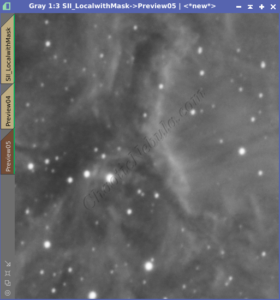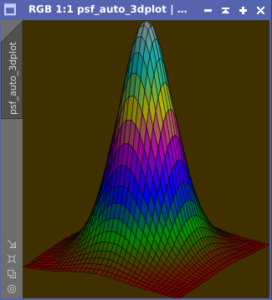Many astrophotography workflows often recommend removing stars to simplify image processing. Without stars, you are able to focus your attention on the nebula and galaxies. However, the process of star removal can often remove some of the finer details within your image. This is why star removal is often completed early on in the astrophotography workflow.
But an interesting question often arises: Should I run deconvolution before or after I remove the stars?
The challenge with this question is that deconvolution leverages your stars to create the point spread function (PSF) model. This describes how a point source of light, like your stars, is spread out in the image. The PSF model represents the expected blurring characteristics of the image.
Deconvolution with Stars
First, let’s run deconvolution on an image still containing stars. This followed the normal deconvolution process leveraging the following settings:
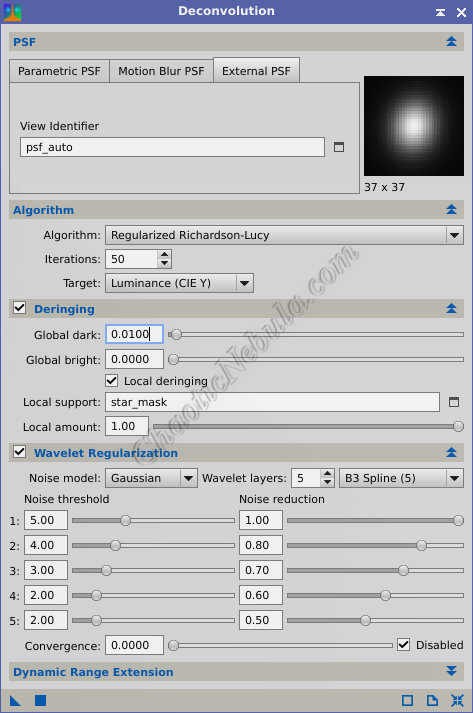
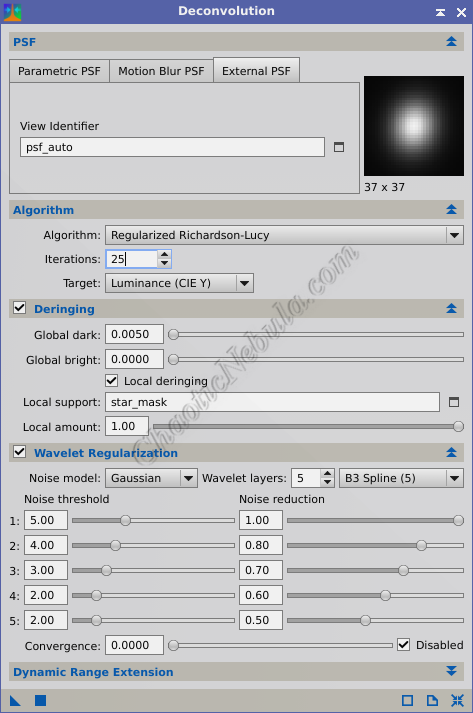
- PSF image to determine the amount of blurring
- Star mask to protect the stars
- Range mask to protect the background
- Iterations
- Round 1: 50
- Round 2: 25
- Global Dark
- Round 1: .0100
- Round 2: .0050
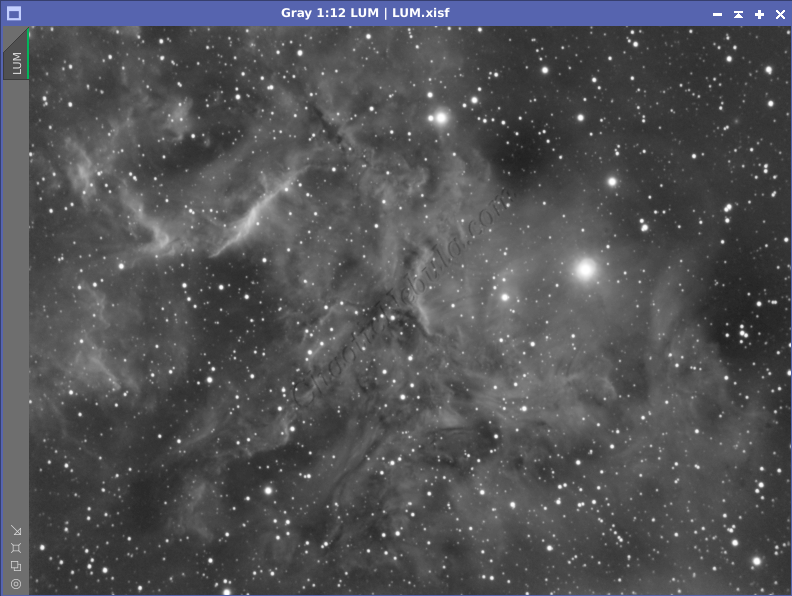
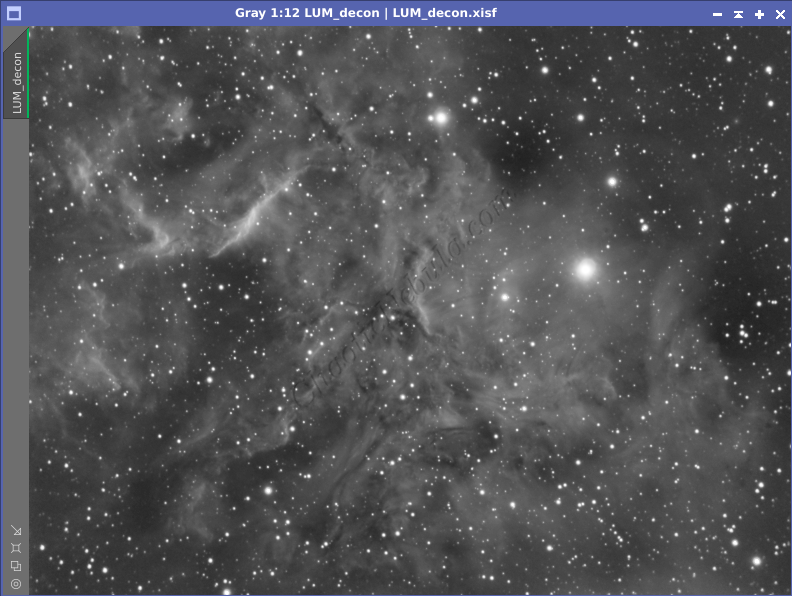
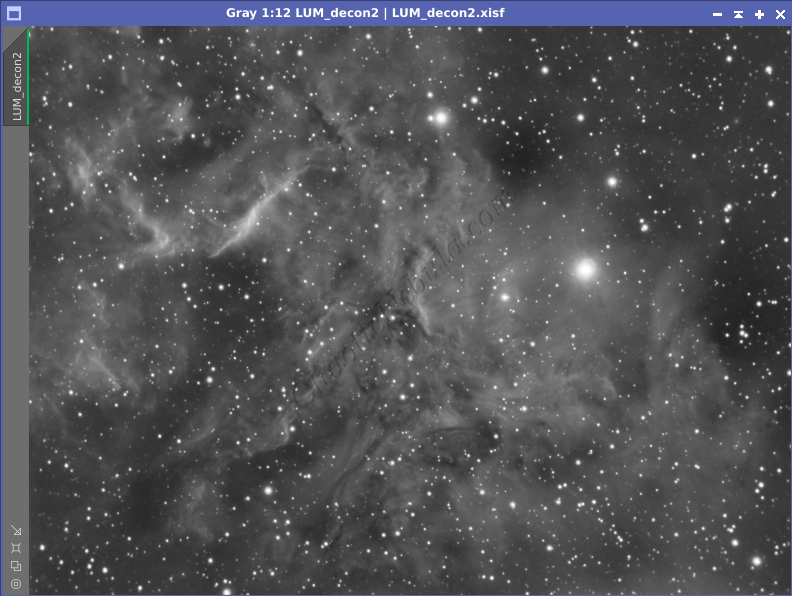
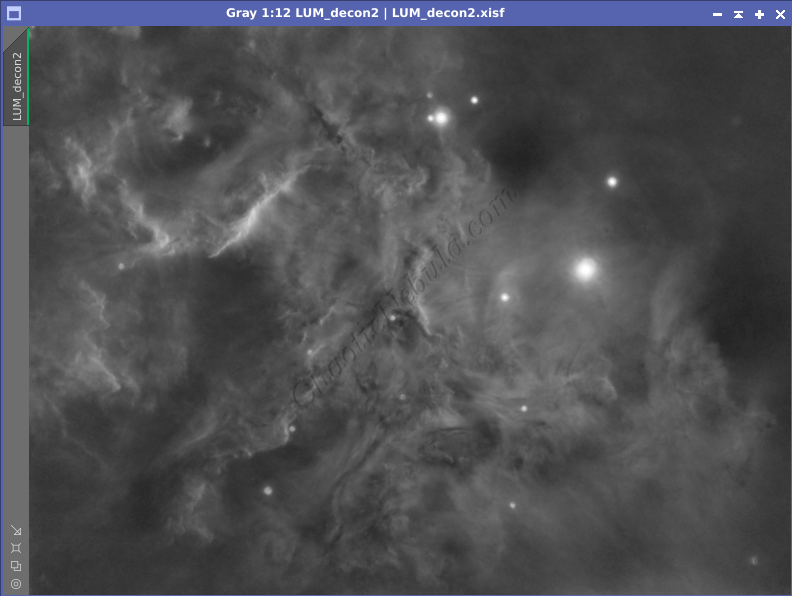
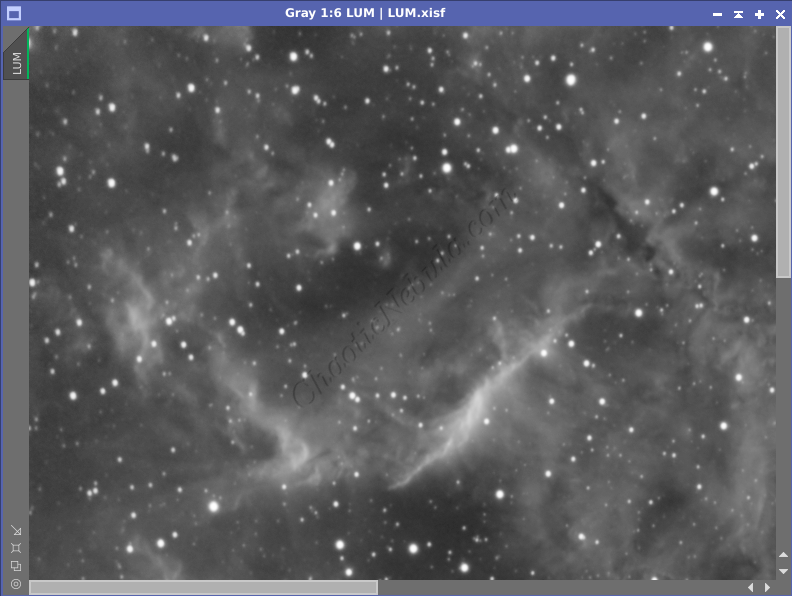
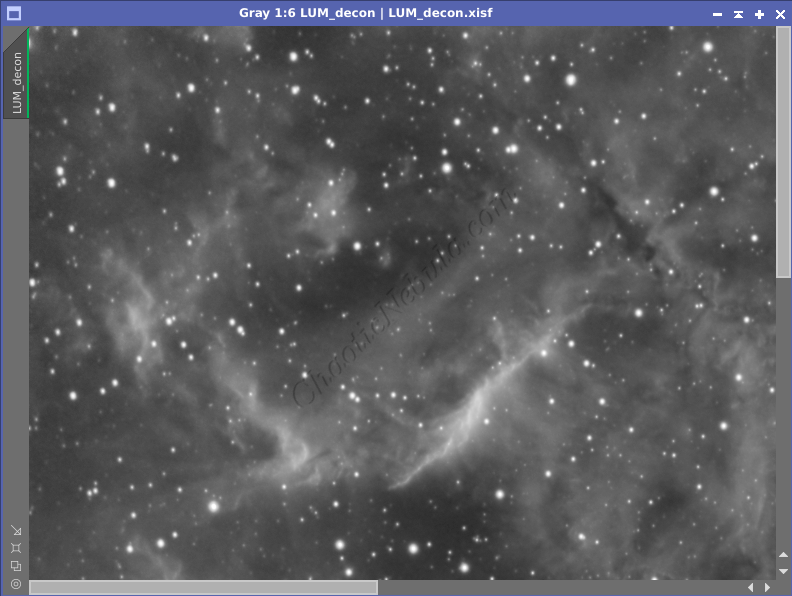
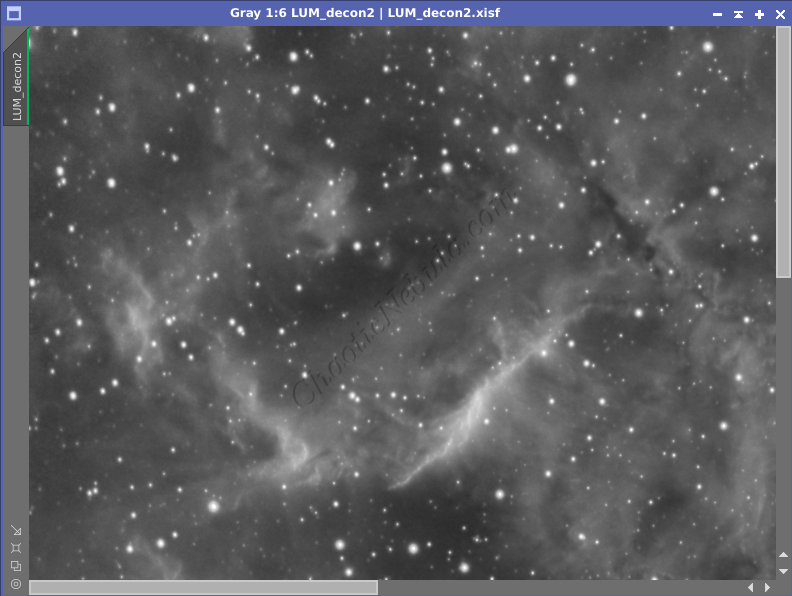
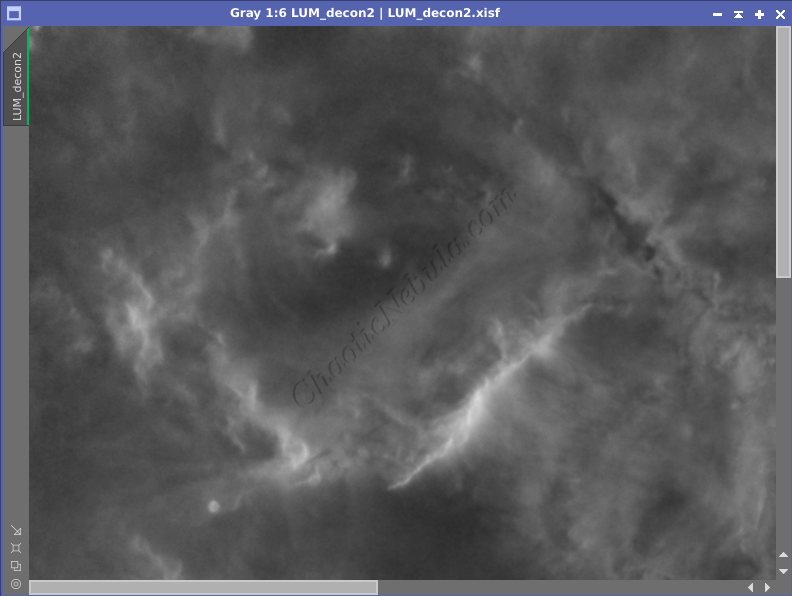
You can see some improvement in the clarity of the image, especially when zoomed in on a bright region. However, after running Starnet on the image process with deconvolution, you can see how some of the details achieved are lost.
In addition, after deconvolution, Starnet fails to remove all of the stars.
Deconvolution without Stars
Next, let’s run deconvolution on an image where the stars were removed with Starnet. This followed the normal deconvolution process but only leveraged the following.
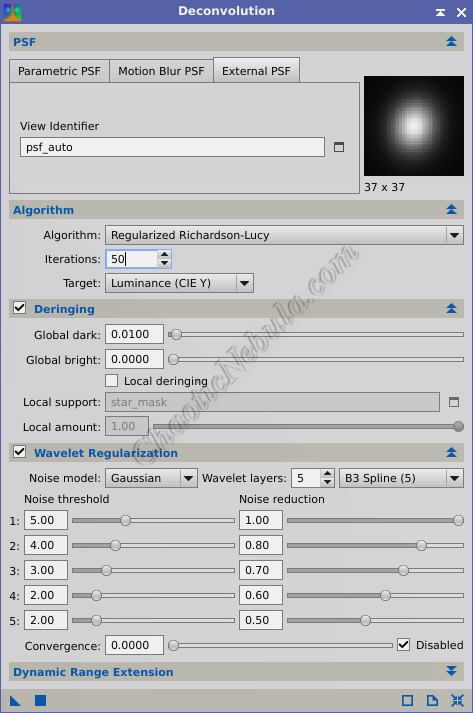

- PSF image to determine the amount of blurring
- Range mask to protect the background
- Iterations
- Round 1: 50
- Round 2: 25
- Global Dark
- Round 1: .0100
- Round 2: .0050
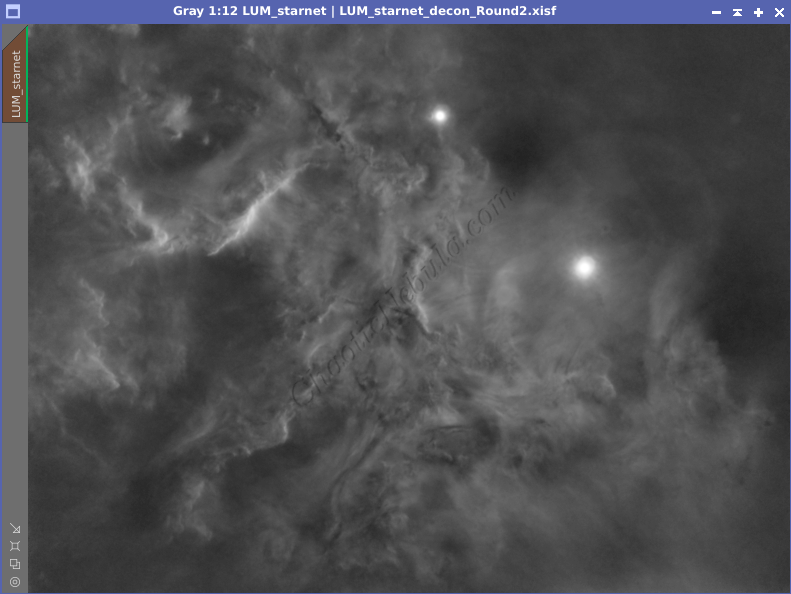
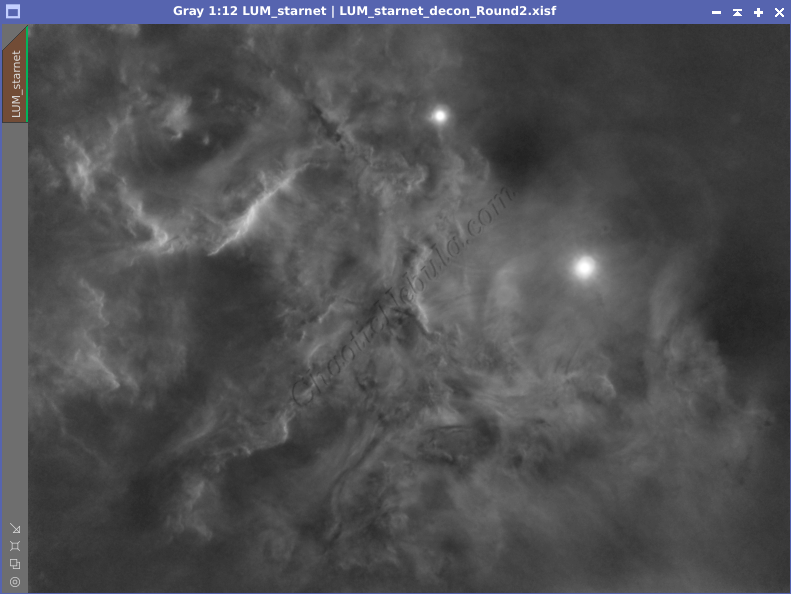
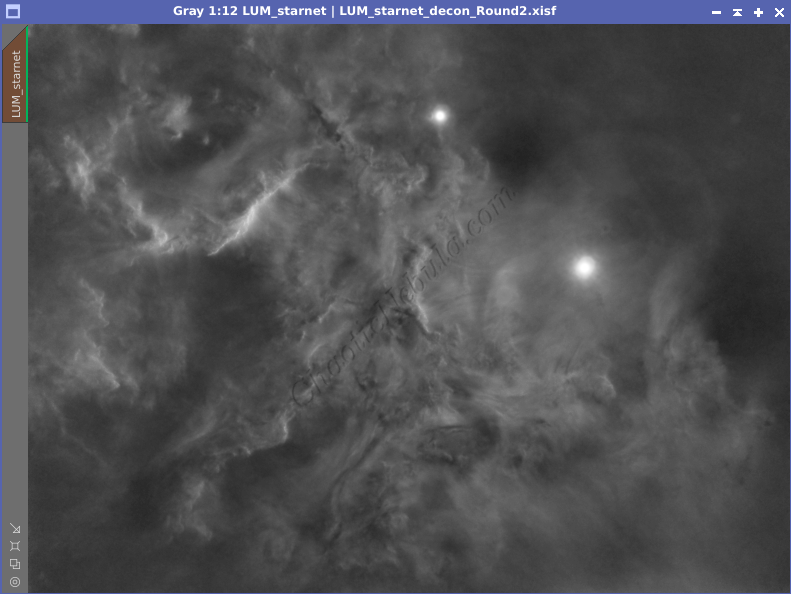
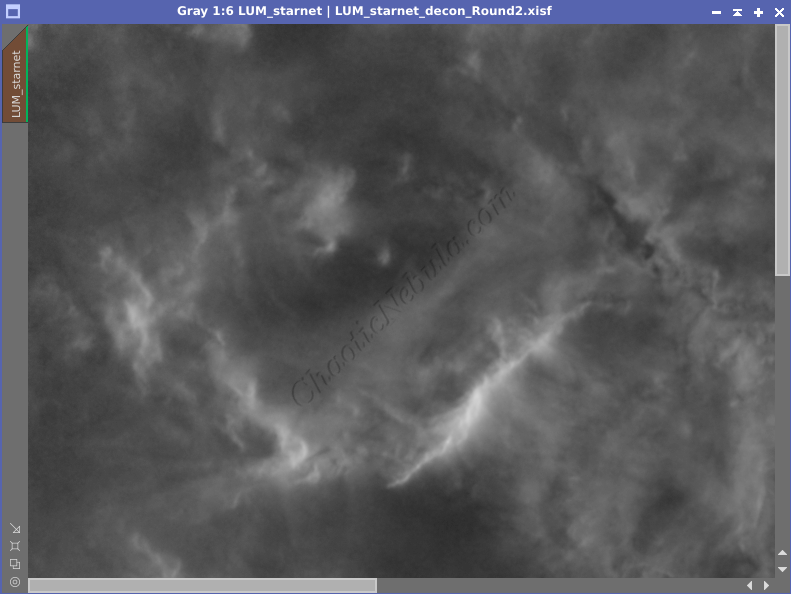
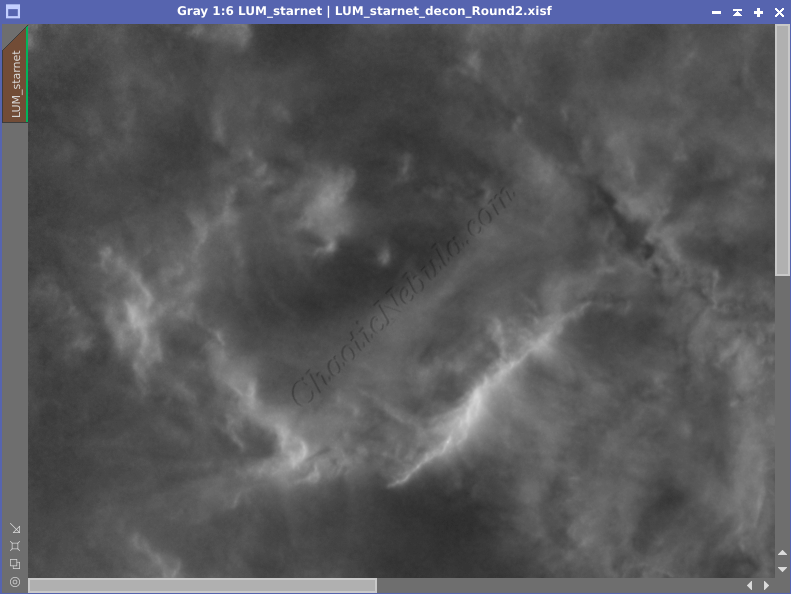
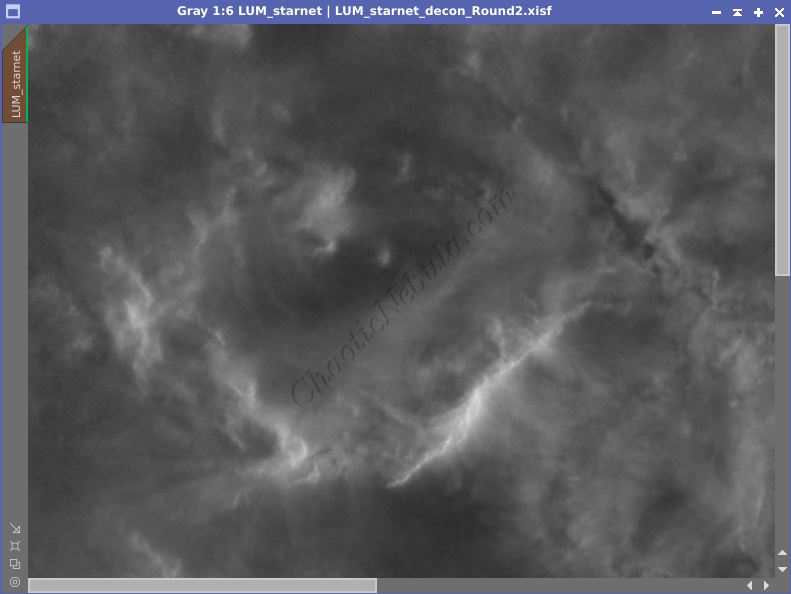
You can see the improvement in the clarity of the brighter areas of the image. And because star removal happened before deconvolution, this improvements were not lost during the star removal process.
Deconvolution Approach Comparison
By comparing both options, it becomes clear that running deconvolution after star removal is the preferred option because stars are removed without removing the clarity achieved with the deconvolution process.





